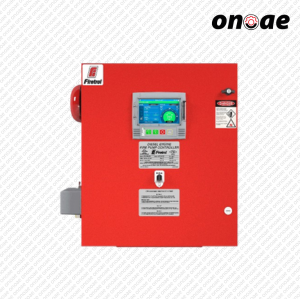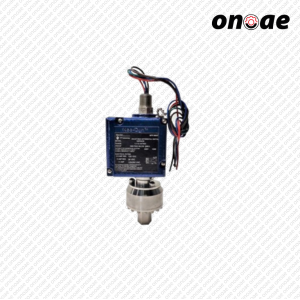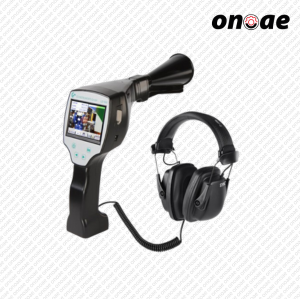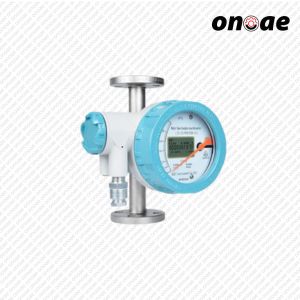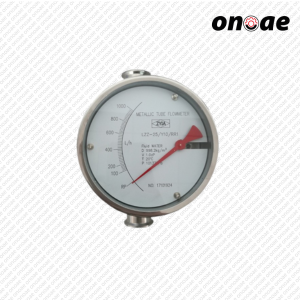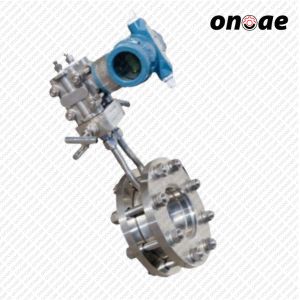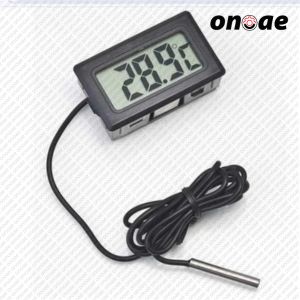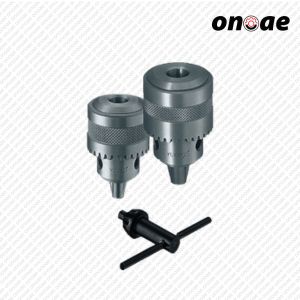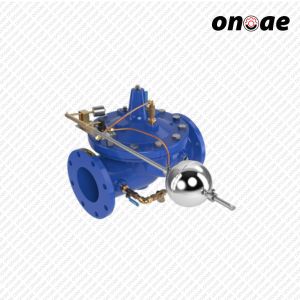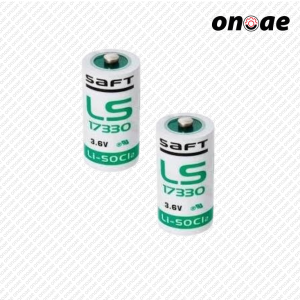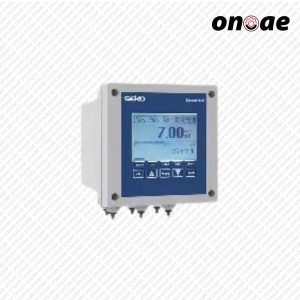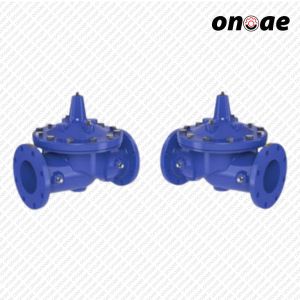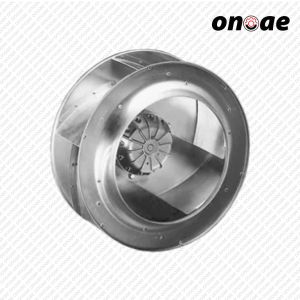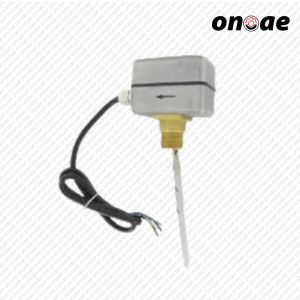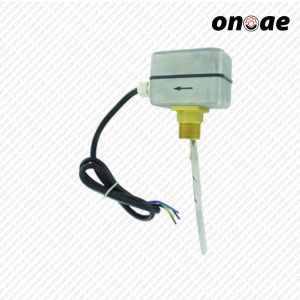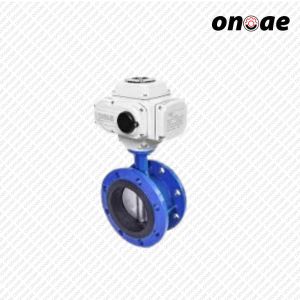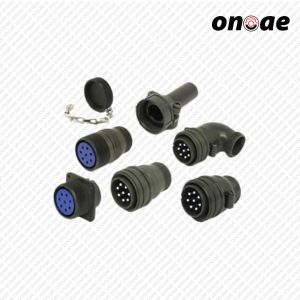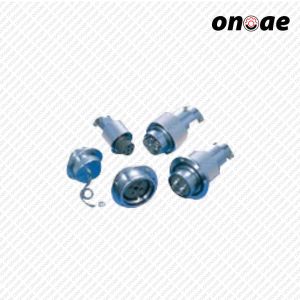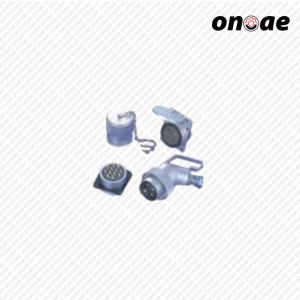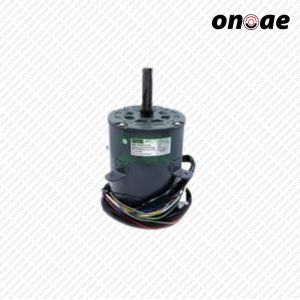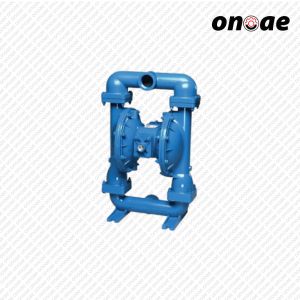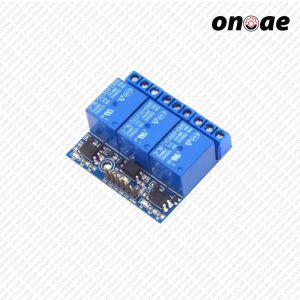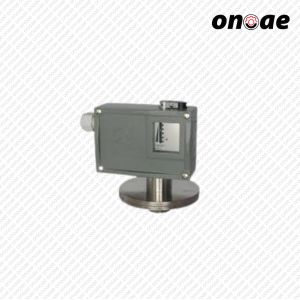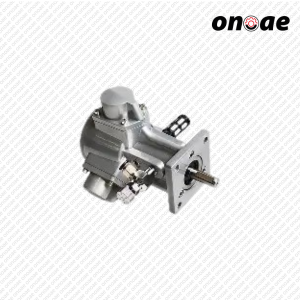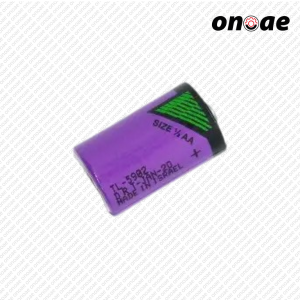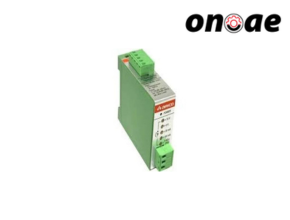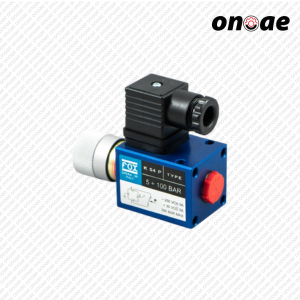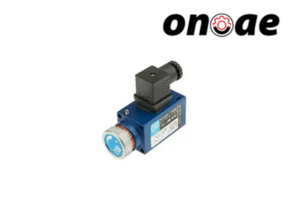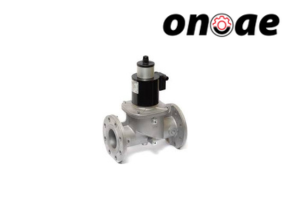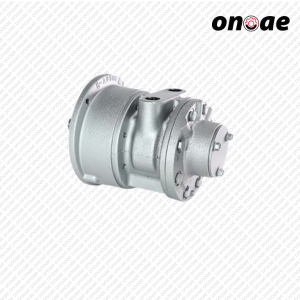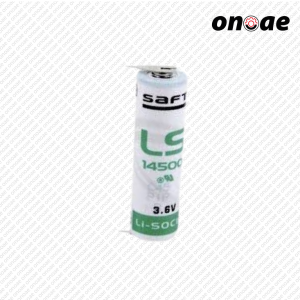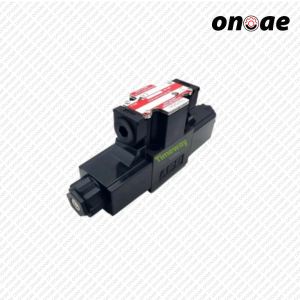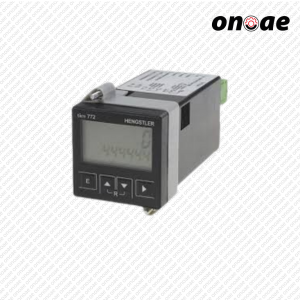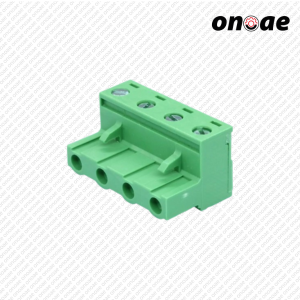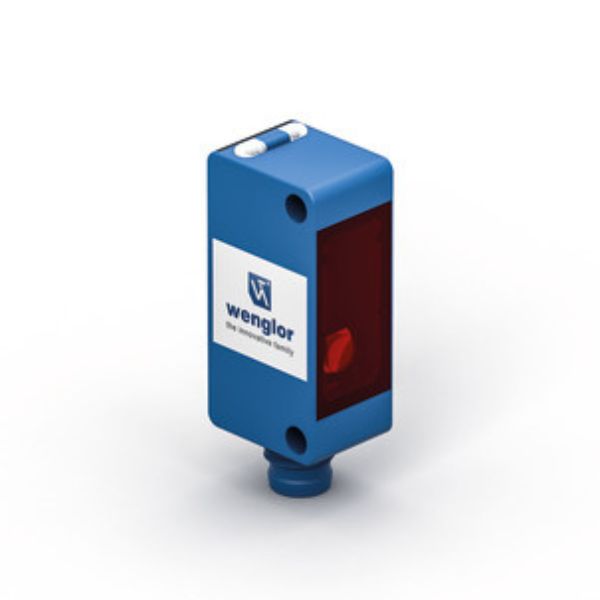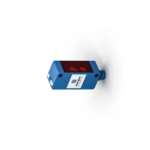Description
Wenglor P1KS003 Through Beam Sensor
Wenglor P1KS003 Through Beam Sensor The through-beam sensor works with a fine laser beam as well as a transmitter and a receiver. The collimated laser beam of laser class 1 detects objects, for instance, when conducting installation, feed, or presence controls, starting at a size of just 0,6 millimeters. The transmitter can be deactivated using test input in order to test the functionality of the through-beam sensor. The IO-Link interface can be used to configure the sensor (PNP/NPN, NC/NO, switching distance), as well as for reading out switching statuses and signal values.
Features at a Glance
- Detect smallest parts until 0,6 mm
- Very high switching frequency
- Test input for high operational reliability
- IO-Link 1.1
Electrical Data
- Sensor Type: Emitter
- Supply Voltage: 10 … 30 V DC
- Current Consumption (Ub = 24 V): < 15 mA
- Temperature Drift (-10 °C < Tu < 40 °C): 10 % *
- Temperature Range: -40 … 60 °C
- Reverse Polarity Protection: yes
- Test input: yes
- Protection Class: III



